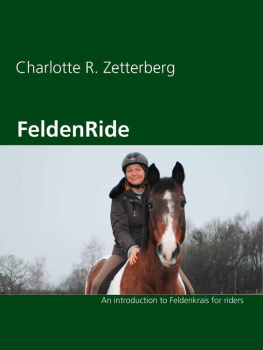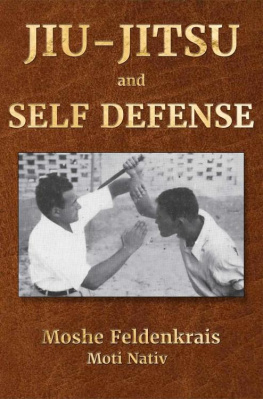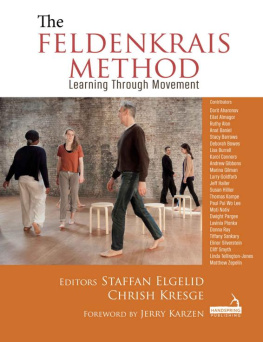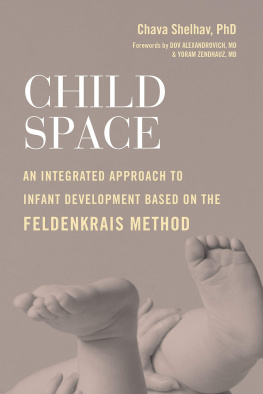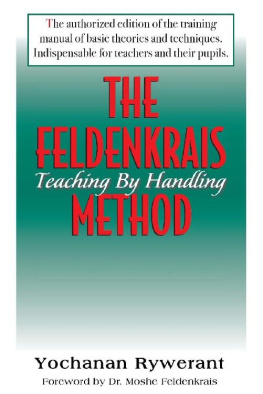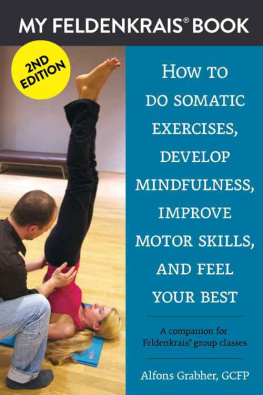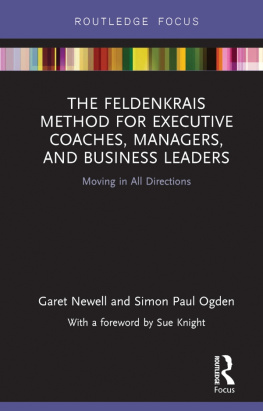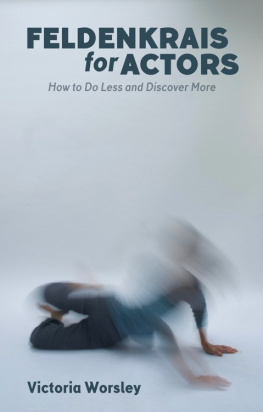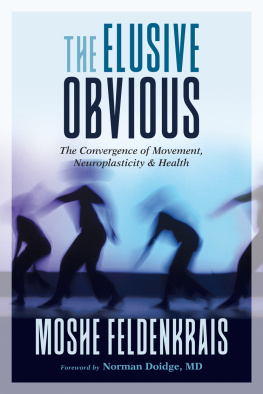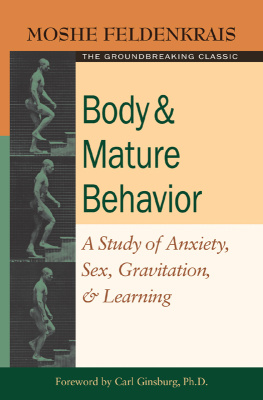FeldenRide
FeldenRide -A Guide to Feldenkrais for Riders
Charlotte Rhonwen Zetterberg
This book is dedicated to Alexandra and Hugo. You are alwayspresent.
All quotes by Moshe Feldenkrais.
The content is not intended to be a substitute for proffesionalmedical advice. If you have any concerns about your health, youshould always consult with a physician.
Horse care and riding are not without risk, and while the authorhave made every attempt to offer accurate and reliable informationto the best of her knowledge and belief, it is presented withoutany guarantee. The author therefore disclaim any liability incurredin connection with using the information contained in thisbook.
Preface Tothe English Edition
My father Alexander Himpel was born in Berlin but came to Sweden asa child. He stayed in contact with Germany throughout his life,both with his friends and in his professional role as a theatredirector, teacher and arts critic. Thanks to him my bookshelfcontains several essential equestrian books in both English andGerman.
At the beginning of 2018, father proposed that we should translatemy book to German. I would assist with technical terms, while hedid the bulk of the work. I declined the offer. I had no time, Iwas uncertain about the interest in Germany and did not think thatI could take his critical approach. We had an otherwise goodrelationship with daily contact and nice encounters as well as ashared interest in music.
On Saturday 7 April, father did not answer his phone. I drove overto his house. He had fallen asleep and passed away with his catLisa by his side, aged 87. Until the very end he was active andengaged with many different cultural projets.
Shortly before, I had begun attending an online course with thecouple Thomas and Shana Ritter. Through videos, live broadcasts andpractical riding exercises, my riding and teaching reached newhighs. Their way of thinking and working has a lot in common withFeldenkrais. I was therefore not surprised that Feldenkrais lessonsformed a part of the course.
In relation to that, I mentioned my book and it turned out thatthere was an interest for a German as well as an English edition.Now, I am also part of Team Ritter, where I assist my Feldenkraiscolleague Catherine McCrum with courses like The Aware Rider.
Thomas and Shana! Thank you for the invaluable knowledge that youpass on and for the warmth and positivity that you spread. Ithelped me in my sorrow as well as in my profession.
Thank you Catherine for a fruitful collaboration and beautifulfriendship. Thank you also for all the hours you have spent oncorrecting the manuscript of this book.
Hugo, my talented son, who lives in Scotland. I am sograteful to you for help with the translation of this book intoEnglish.
Father! Thank you for your never-wavering support. Then as well asnow.
Acknowledgements
Many of my Feldenkrais colleagues and friends have played animportant role during the writing of this book.
Gran Mrkeberg is an Assistant Trainer. This means that he iscertified to train students to become Feldenkrais practioners. Healso arranges advanced trainings for them. By participating in hissessions I have greatly increased my practical knowledge. When Iwas unsure about my professional role, Gran was always willing toact as my mentor, which supported me to think more independently.He alos volunteered to fact-check my book.
Eva Laser administered a web forum for Feldenkrais practioners formany years. There, I learnt a lot and started to think about andwrite down my ideas for developing my own work.
I have shared experiences and friendship with Eva Damkjaer and AnnaGunnarsson. They have read through the draft and also encouraged meto believe in the project.
My dear friends Malin and Ola Ridderstolt. You know why!
Mother Bodil and my partner Mns have supported me in many ways. Itis to a great extent thanks to them that I have been able to writethis book at all.
Finally, where would I have been without the training I haverecieved from all of my two- and four-legged students?
Introduction
To make the impossible possible, the possible simple and thesimple elegant.
Some people have a great deal of experience of the FeldenkraisMethod, whilst others have only a vague insight into what it is.Most people I meet have never heard of the method before. Even so,it has influenced many; it has caused new training concepts to bedeveloped; it is present in several books in the horse riding genre- unfortunately, in many cases, with no references to the source ofthe ideas.
Famous trainers such as Mary Wanless from the UK and Eckart Meynersfrom Germany saw the importance of the Feldenkrais Method. Thelatter is a retired Professor of Sports Physiology and BodyMovement at the University of Lneburg, Germany. He teaches ridinginstructors, judges a.o. for the FN (German Equestrian Federation),and designed the Balimo stool and the Franklin balls for riders.Other advocates are Sally Swift as well as John Syers andChristopher Connolly in their book Sporting Body SportingMind (1984). Integrating the Feldenkrais Method cancertainly lead to many new inisghts and can greatly enhance theeffectiveness of equestrian training methods.
There is, as of now, no Swedish literature on pure and simpleFeldenkrais for horse riders. Throughout the years, I havetherefore often been asked about such a book by students. There isdefinitely a need for a practical guide on how to teach yourself todevelop your riding through applying the Feldenkrais Method. Aguide that is not only useful during your individual ridinglessons, but also on a riding school horse; while riding in theforest and over the fields, as well as on your own at home. And whylimit what you learn to horseback?
The intention was to give a broad overview, but in order to fullyunderstand the depth of the method, I warmly recommend the readerto get acquainted with Moshe Feldenkrais own works as wellas contacting a Feldenkrais practioner for group classes orindividual sessions.
As you apply the contents of the book to your everyday riding, youwill probably discover new sides of yourself, developself-awareness, and maybe have a sense of entering unchartedterritory. My hope is that this will happen in a positive andembracing spirit, where everything feels possible.
1 LearningThrough Movement
The Feldenkrais pedagogy offers tools for lifelong learning, adynamic path to self-awareness and personal development. You candiscover how you really are doing something, regardless of what itis, and find alternative modes of action. With increased awarenessof how you make use of yourself, you can develop your abilitiesboth in basic actions such as sitting, walking and running, orusing your arms and hands; as well as in more complicated actions-such as sport and singing. It is about learning to learn,which means that you will be able to adapt it to your own needs andwishes of what you want to learn.
The result is a more efficient posture which allows you to movewith less effort, breathe more easily and more functionally, andwith a greater capacity for coordination and balance. All of thisbased on a clearer self-image.
Brain plasticity, or the ability to adapt, is a term within modernneuroscience. The ability of the nervous system to change and learnis a process that continues throughout a persons life. TheFeldenkrais Method is based on this knowledge.
Moshe Feldenkrais differentiated between intellectual and organiclearning. Intellectual learning means that the learner acquiresknowledge by reading, or listening to a lecture, for example.Organic leaning is about a way of learning where the process issimilar to that by which a small child learns. Without evaluatingyou find your way through playful experimenting; based on yourselfand your preconditions. Thereby your actions will become moreanchored in yourself and you will gain access to them more easily.

